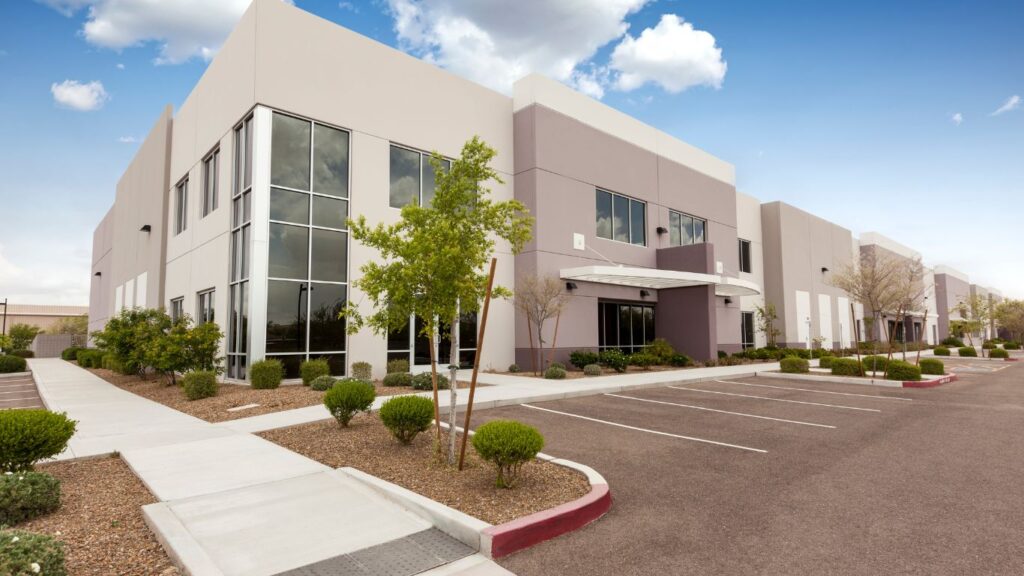Plastering is a crucial aspect of construction, providing both aesthetic appeal and structural integrity to buildings. Identifying and addressing defects in plastering is essential for ensuring the longevity and durability of the structure. Let’s delve into the various types of defects that can be observed in plastering, understanding their causes, prevention, and repair techniques. Visit
Presentation
Putting, a procedure going back hundreds of years, includes applying a flimsy layer of mortar over walls and roofs. This interaction upgrades the presence of surfaces as well as fills reasonable needs, like protection and security. In any case, similar to any development cycle, putting is inclined to abandons that, whenever left unattended, can think twice about the honesty of the construction.
Meaning of Putting
Putting is the use of a smooth and strong layer of mortar to walls and roofs, normally comprising of a blend of concrete, sand, and water. This cycle means making a uniform and tastefully satisfying surface.
Significance of Recognizing Deformities
Distinguishing absconds in putting is vital, as it helps in resolving issues right off the bat, forestalling further harm. It guarantees that the put-on surfaces look great as well as capability successfully provide security and protection.
Normal Deformities
Surface Breaking
Surface breaking is a typical issue in putting, frequently brought about by different factors, for example, drying excessively fast, unfortunate blend proportions, or deficient surface planning. These breaks are typically shallow, yet they can influence the general appearance of the putty surface.
Rankling
Rankling happens when air or dampness becomes caught between the mortar layers, prompting the development of air pockets on a superficial level. This imperfection is often a consequence of ill-advised application strategies or working in ominous weather patterns.
Stripping
Stripping is the removal of the mortar layer from the substrate. It very well may be brought about by unfortunate grip, contrary materials, or openness to extreme dampness. Addressing the main driver is fundamental to preventing further stripping.
Blossoming
Blossoming is the arrangement of white, fine stores on the put surface, brought about by the relocation of solvent salts. Legitimate waterproofing and utilizing quality materials can assist with preventing blooming.
Underlying Deformities
Debonding
Debonding alludes to the detachment of the mortar layer from the hidden substrate. This primary deformity can be brought about by deficient holding specialists, unfortunate restoration, or the utilization of contradictory materials.
Delamination
Delamination happens when the layers inside the mortar are discrete, prompting a layered appearance. This imperfection is, in many cases, a consequence of wrong blending proportions or a lack of restoring time.
Empty Mortar
Empty mortar is described by voids or holes between the mortar and the substrate. It very well may be brought about by inappropriate application strategies, deficient inclusion, or the utilization of unsatisfactory materials.
Shrinkage Breaks
Shrinkage breaks create as the mortar dries and agreements. Controlling the drying system and utilizing suitable restoration strategies can assist with limiting the likelihood of shrinkage breaks.
Application Issues
Mistaken Blending Proportions
Accomplishing the right blend of mortar materials is significant for the progress of the putting system. Deviations from the prescribed proportions can prompt deformities like breaking, stripping, or debonding.
Unfortunate Workmanship
The expertise of the plasterer plays a huge part in the nature of the work. Unfortunate workmanship can bring about lopsided surfaces, insufficient inclusion, and different imperfections that compromise primary and visual trustworthiness.
Inappropriate Surface Arrangement
Deficient surface arrangement, like neglecting to spotless or make preparations, can prompt unfortunate bonding and imperfections like rankling or delamination. Completely setting up the surface is fundamental for an effective putting position.
Dampness-Related Deformities
Sogginess
Sogginess in putting can happen because of water penetration, prompting staining, shape development, and underlying harm. Appropriate waterproofing and tending to spills are fundamental for preventing soddenness.
Shape Development
Shape flourishes in clammy conditions, and putting abandons that outcome in dampness collection gives an optimally favorable place. Convenient ID and remediation are vital to preventing further formative development.
Anticipation and Upkeep
Quality Materials
Utilizing excellent putting materials is essential to preventing abandonment. Putting resources into respectable brands and guaranteeing materials are reasonable for explicit circumstances add to a solid and stylishly satisfying completion.
Appropriate Application Strategies
Sticking to best practices in putting strategies in place, including right blending, application, and relieving, is imperative for limiting imperfections. Observing industry guidelines and rules guarantees a fruitful position.
Normal Assessments
Normal assessments of put surfaces can assist with recognizing deserts right off the bat. Brief fixes and support add to the life span and presence of the put-in regions.
Fix Procedures
Fixing
Fixing includes fixing confined deserts by applying a meager layer of mortar to the impacted region. This procedure is reasonable for minor issues, like little breaks or surface flaws.
Replastering
In instances of broad deformities or harm, replastering might be essential. This includes eliminating the current mortar and applying another layer to guarantee a new, imperfection-free surface.
Waterproofing
Addressing dampness-related abandonments frequently includes waterproofing measures to forestall water penetration. Waterproofing items and procedures assist with shielding surfaces from moisture and form.
Industry Guidelines
ASTM Rules
Adhering to the rules set by the American Culture for Testing and Materials (ASTM) guarantees that putting work satisfies industry guidelines. Complying with these rules improves the quality and sturdiness of the surfaces.
Best Practices
Consolidating best practices, as suggested by industry specialists, improves the possibilities of an effective result. Remaining informed about the most recent progressions and methods is critical for any proficient.
Significance of Expert Assistance
Recruiting a Certified Plasterer
For complex projects or critical deformities, looking for the skill of a certified plasterer is fundamental. Proficient information and experience add to an immaculate and sturdy completion.
Looking for Master Counsel
In instances of vulnerability or extraordinary difficulties, talking with specialists can provide significant experiences and arrangements. Master exhortation guarantees that imperfections are tended to completely and really. Visit
FAQs
What causes surface breaking in putting?
Surface breaking can result from factors like fast drying, mistaken blend proportions, or lacking surface planning.
How might one forestall blooming in putting?
Blooming anticipation includes appropriate waterproofing and the utilization of superior-grade, salt-safe materials.
Are underlying deformities in putting perilous?
Indeed, underlying deformities like debonding or delamination can affect the solidity of the surface and ought to be addressed immediately.
Will Do-It-Yourself fixes fix putting surrenders?
Minor imperfections might be tended to with do-it-Yourself fixing, yet huge issues might require proficient intercession.
How would I pick the right putting materials?
Select materials in view of value, similarity, and reasonableness for explicit circumstances to guarantee an effective putting position.
What are the indications of a talented plasterer?
A gifted plasterer shows accuracy, meticulousness, and adherence to best practices in putting procedures in place.
Conclusion
In conclusion, understanding the various types of defects observed in plastering is crucial for anyone involved in construction or maintenance. Addressing defects promptly, using quality materials, and following industry standards contribute to the longevity and visual appeal of plastered surfaces. Whether you’re a homeowner or a construction professional, staying informed and proactive in defect prevention and repair ensures a resilient and aesthetically pleasing outcome. Visit





